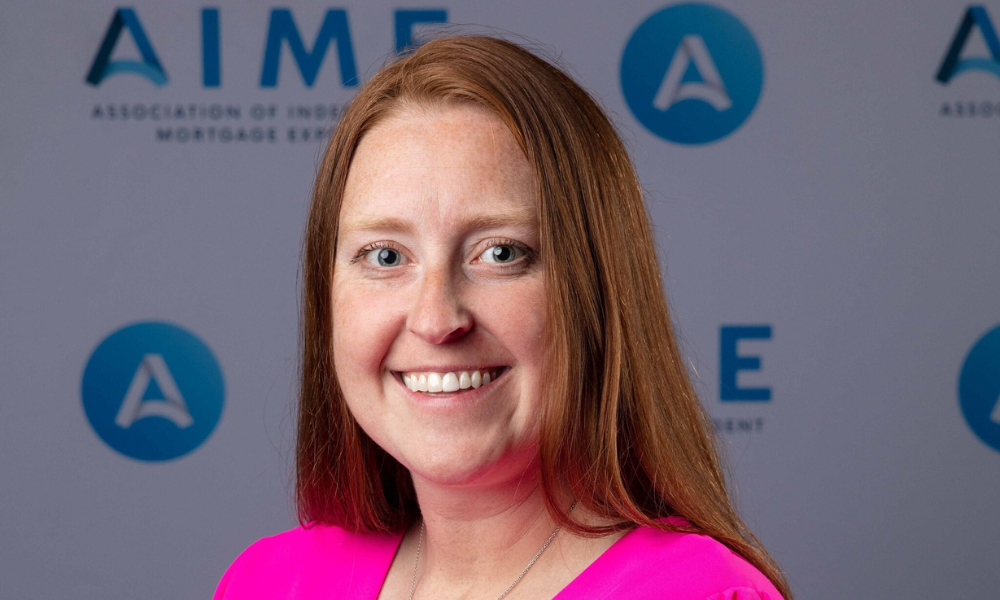
Fixating too much on the rate, Clark said, means some borrowers are dissuaded by supposedly high borrowing costs and lose sight of the fact that they could feasibly afford the mortgage.
“When you take the rate out of the equation, if the monthly payment is where it needs to be and the house is what they want, then some people are like, ‘Well, what does it matter what the rate is if I can afford it?’” she said.
It’s also a case of setting expectations for clients who might have an idea of their ideal monthly payment without realizing that rates are unlikely to drop significantly, or as dramatic as during the COVID-19 pandemic, in the coming months.
National home prices, meanwhile, are expected to continue ticking upwards – meaning some borrowers holding out hope for a lower potential monthly payment could ultimately see their personal affordability outlook worsen.
“It’s also having those conversations with people [who] say: ‘I want my payment under $2,000, or right at $2,000,’” she said. “You’re looking at $300,000 houses – that’s just not going to happen.”

